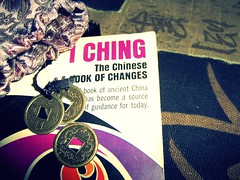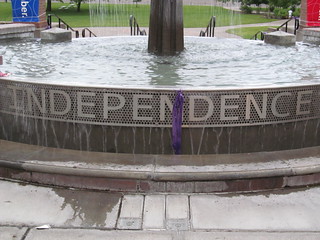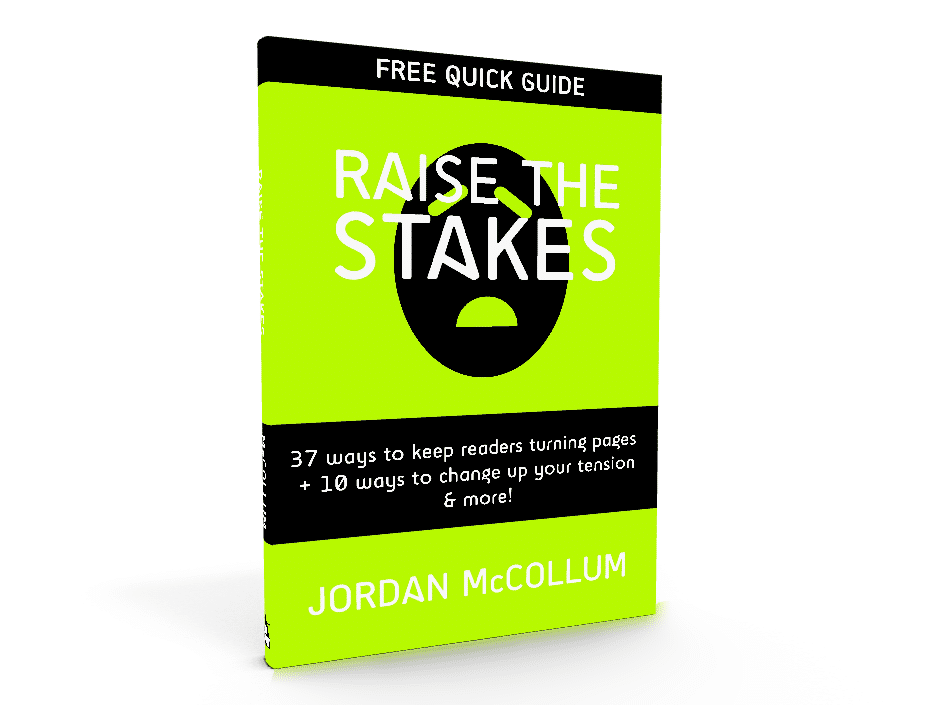After I got my teeth kicked in, I put that novel through the wringer! Over the course of another nine months, I sent most of the novel to another critique group. I had friends who were published by this publisher critique it. I sent it (the entire thing on one chunk) to yet another critique group. I revised and revised until I just couldn’t see the words anymore.
Oh, and somewhere in here, I wrote a beautiful, poignant and inherently broken novel. Which I still don’t know how to fix.
And then, finally, I hit send on the novel I’d been working on for almost two and a half years.
And tried to forget. By this time, the editor who lovingly kicked my teeth in was no longer with the publisher, so I was submitting to the third editor at the same house (which is small enough that they only have 2-3 editors to begin with!).
 I have to admit: I kinda Facebook stalked this latest editor. (I’d never met her! I had to do it!) In her public pictures, I found someone I’d known as a teenager back home. Turns out they were good friends! Small world.
I have to admit: I kinda Facebook stalked this latest editor. (I’d never met her! I had to do it!) In her public pictures, I found someone I’d known as a teenager back home. Turns out they were good friends! Small world.
A few weeks later, about two months after I’d submitted, I happened to run into this woman who I’d known as a teenager. I struck up a conversation and mentioned seeing her pictures on Facebook. That . . . was kinda weird . . . She asked how I’d come across them, and I told her, “Well, I submitted a book to [editor]. . . .”
My friend pointed at the friend who was with her, helping her manage her kids.
Yeeeeah, it was the editor. Who I basically just admitted to Facebook stalking.
Fortunately, this didn’t seem to negatively influence her  . We talked a bit about the book, and bumped into each other a couple more times around town and the writing community. She let me know my book had passed the first round of evaluation, which it didn’t the first time, and was sitting in the queue to go to the final decision-making committee. So still I was waiting.
. We talked a bit about the book, and bumped into each other a couple more times around town and the writing community. She let me know my book had passed the first round of evaluation, which it didn’t the first time, and was sitting in the queue to go to the final decision-making committee. So still I was waiting.
Meanwhile, I tried to work on the inherently broken novel, but it was inherently broken, and that’s a problem. I worked on it so hard and continued to fail so hard that I actually quit writing for a few months. And then a tragic death in my family made this whole imaginary worlds thing seem pretty pointless for a while.
But I still had that one novel out on submission. So maybe I’d pick up my writing when life wasn’t quite so terrible.
The first word
Just over seven months after I submitted the novel the second time, I got an email. You know. THE email. The heart-stopping, clammy-palms, instant-tears email. But it wasn’t quite what I was expecting.
Your manuscript, Saints and Spies, has completed the evaluation process, and we took a great deal of time this week in our committee meeting to discuss it after reviewing all the feedback we had received.
Ah, crap. Rejection. Right? I forced myself to read each word carefully.
We love this story, and are captivated by its imaginative twists and its unique plot! Our overall impression was very positive.
Oh. Oh? Oh! But . . . they’ll probably still say no. I mean, everybody gets rejected. A lot. And this was only my third submission ever (I subbed to another publisher in there; quick rejection).
Read more:
We have just one reservation: having an undercover agent who is LDS officiate in any Catholic church ceremonies seems troublesome.
The managing editor went on to explain the trouble, but I totally understood.
And that was why they had to reject me. Right?
If you can come up with a way to appropriately address this concern that would be acceptable to you, please let me know. We will then take it to the board at [parent company] and get your solution cleared with the board members there.
Oh. Okay. I could definitely draft out a solution. Still, this email wasn’t really a “let’s clear this one little issue up and get you your offer” though. No guarantees at all.
The first person I told happened to be my mother-in-law, who was visiting. (My husband and father-in-law were at the store, so I called next.)
I wrote back right away to say that I’d definitely look at that. I hurried to email a friend who’d had a book accepted by this publisher after they’d requested big changes. I took the weekend to reread the novel for all the scenes where my LDS FBI agent undercover as a Catholic priest has to do priestly things. I knew going in that I might have to modify or cut some of these scenes, and I’d already decided I was willing to cut those parts if an editor asked me to. By Tuesday, I had a document outlining these scenes and events and my proposed changes.
And then I waited again. I waited past the third anniversary of starting the book (and second anniversary of submitting it). I decided to do a real Nano for the first time. I started Nano. I went to a writers’ retreat where I had 0 Internet access, but I could read my email on my marginally intelligent phone. Although the very first editor I met and submitted to was coming to give a presentation at lunch, I still hadn’t heard another word from the publisher.
Until Friday morning. An email from the managing editor popped up on my stupidphone.
I’m feeling a little baffled . . .
Oh. Gotcha. I could just tell, the committee rejected the book and she didn’t know why.
 But being a glutton for punishment, I read on:
But being a glutton for punishment, I read on:
I don’t know if anyone communicated to you that we have officially accepted Saints and Spies for publication!
AND THERE WAS MUCH REJOICING (and maybe a cartwheel or two)!!! I immediately got to share the news with good friends in person. I had to call my husband to tell him, and he was happy for me, but didn’t sound overly excited. (When I got home two days later, I found out he’d been laid out by food poisoning the entire time I was gone, and our five-year-old had to feed the family on hot dogs and toast. So DH had mustered as much enthusiasm as he could, and didn’t distract from my writing by telling me all this.) Then I called both of my parents, my grandparents, my sisters and one of my aunts.
Yeah, didn’t get a whole lot of writing done that morning. Fortunately, I did get almost 28,000 words that weekend—and I unquit writing. And it felt so good to be back! In the end, though, I’m glad that it was the love of writing that brought me back to it, and not the offer. Because as wonderful as it is to be published and have that outside validation, I write because I love it.
And that’s how it pays off.
Have you ever had to “quit” writing for your sanity? How would/did you celebrate your first offer of publication? Come share!
Photo by Angela


 I never set out to be an author. I didn’t write other than school assignments for many years and never felt particularly good at it, though I enjoyed it more than math and science. For me, my writing started with a story and too much time on my hands. I was on bedrest with a pregnancy and spiraling into uselessness-induced depression when I had an idea for a story. A short story, I thought.
I never set out to be an author. I didn’t write other than school assignments for many years and never felt particularly good at it, though I enjoyed it more than math and science. For me, my writing started with a story and too much time on my hands. I was on bedrest with a pregnancy and spiraling into uselessness-induced depression when I had an idea for a story. A short story, I thought.







 ).But I’m not going to let the lack of those things hold me back from the real goal—reaching readers. Getting my books out there. Making something I’m proud of.
).But I’m not going to let the lack of those things hold me back from the real goal—reaching readers. Getting my books out there. Making something I’m proud of. I have to admit: I kinda Facebook stalked this latest editor. (I’d never met her! I had to do it!) In her public pictures, I found someone I’d known as a teenager back home. Turns out they were good friends! Small world.
I have to admit: I kinda Facebook stalked this latest editor. (I’d never met her! I had to do it!) In her public pictures, I found someone I’d known as a teenager back home. Turns out they were good friends! Small world.

